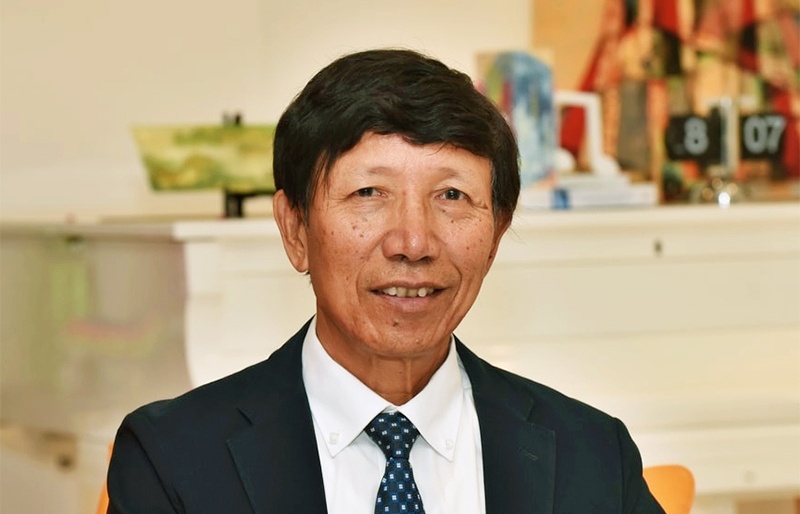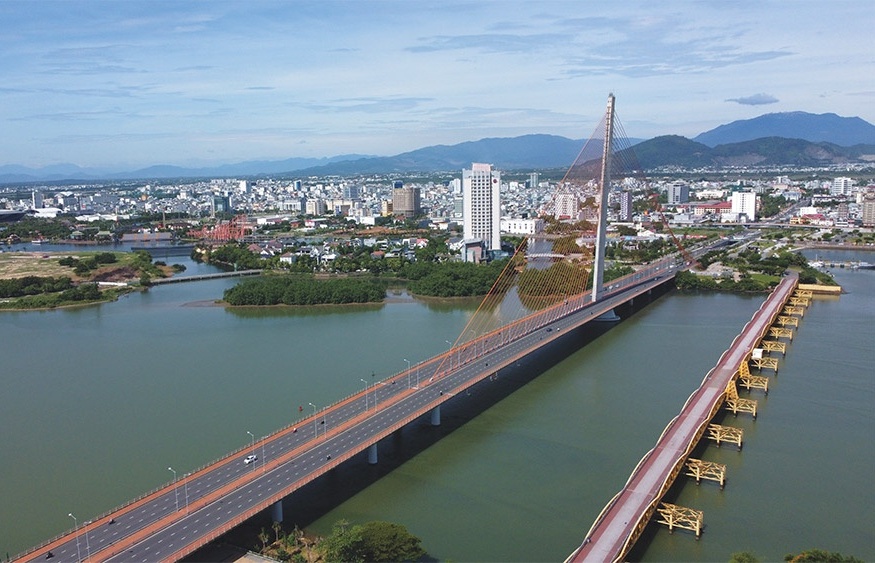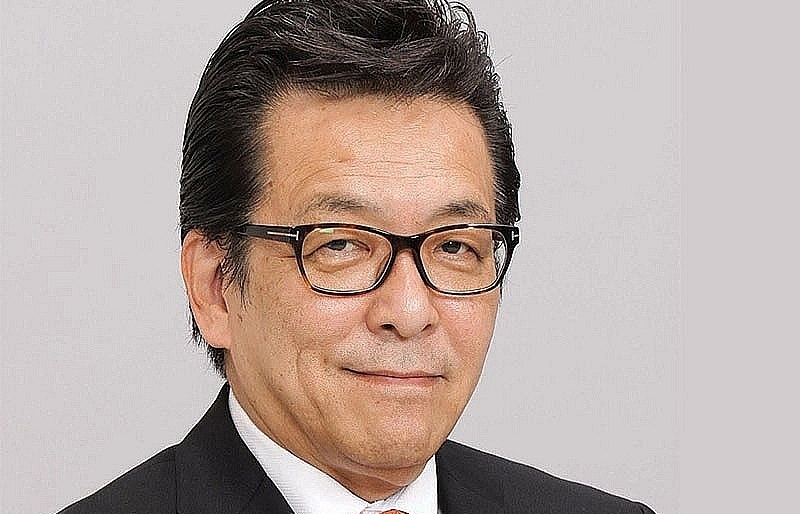Issues weigh heavily on nation’s shoulders
 Could 2011’s estimated total budget spending still exceed the projected figure by 9.7 per cent and investment development spending by 15.1 per cent despite the country consistently implementing Resolution 11/ND-CP on curbing inflation and ensuring macroeconomic stability?
Could 2011’s estimated total budget spending still exceed the projected figure by 9.7 per cent and investment development spending by 15.1 per cent despite the country consistently implementing Resolution 11/ND-CP on curbing inflation and ensuring macroeconomic stability?
Overall, budget spending must trend downward. However, some sorts of spending are green-lighted by the Law on State Budget based on actual management practices.
Having a glimpse on 2011 budget situation both bond issuances and overspending figures do not surge over what were projected. Raising spending through effective exploitation of inner strength and local sources is reasonable.
We are making budget estimates for 2012 while we do not know which areas could be hurt by natural calamities and how losses would mount to set up a provisional fund for such risks. We then have to establish a risk hedge fund for similar cases. When natural calamities such as storms or floods come we take money from the fund to overcome consequences. By the year-end, looking on figures we would see swelling expenditures. Reports and figures could not usually fully reflect why there was a surge in total spending and whether surging expenditure was right or not.
How will public investment be handled in 2012?
Expanding public investment at central and local governments entailed upgrades of our infrastructure, propelling socio-economic development while helping eradicate hunger and alleviate poverty. However, there is a fact that some sectors and state bodies have ratified massive numbers of projects exceeding the scope of their budget. This has resulted in project delays.
Reports by ministries, sectors and local governments show that over VND400 trillion ($19.3 billion) in governments bond will be needed to realise National Assembly approved projects during 2011-2015, quite a tremendous amount whereas we are in a position to raise around 36 per cent of the figure only.
The government, therefore, has taken investment restructure with focus put on public investment restructuring and investment decentralisation reforms as one of top priorities in the coming period. Some basic principles must be followed such as budget capital and government bonds must be concentrated into building infrastructure with less possibility for capital recouping. Investment projects can go ahead only when their capital sources are clearly defined, parallel to scaling up checks and inspections to penalise violations relevant to investment management.
What roles do ministries and sectors have in tackling the government’s restructuring plans?
The government will dig into overall restructuring. Generally the area subject to be restructured belonging to what sector that sector will stay as the mainstay.
For instance, public investment restructuring will have the Ministry of Planning and Investment acting as the mainstay. In respect to enterprise re-arrangement, it is crucial to have in place comprehensive reviews and assessments of state-owned enterprises’ (SOEs) operations and efficiency and make clear the causes behind their losses, from there policies and mechanism on SOE equitisation would be revamped to match with actual development practices. The Ministry of Finance will take a key role in the whole process with support from diverse ministries, sectors and local governments.
Economic restructuring must go parallel to reforming the growth model to boost the quality, efficiency and competitive edge of the economy. The process must then be performed across sectors of the economy and on a nationwide scale.
What the stars mean:
★ Poor ★ ★ Promising ★★★ Good ★★★★ Very good ★★★★★ Exceptional
Related Contents
Latest News
More News
- Thailand's BCPG invests $130 million in Gia Lai wind power plants (November 26, 2024 | 15:08)
- The 16th Vietnam M&A Forum: A Blossoming Market (November 26, 2024 | 13:53)
- Posco interested in $2.2 billion Quynh Lap LNG thermal power plant (November 26, 2024 | 13:50)
- $1.4 billion Nhon Trach 3 and 4 to operate in 2025 (November 26, 2024 | 13:37)
- Hung Yen focused on attracting high-tech FDI (November 26, 2024 | 13:20)
- Foreign investors flock to invest in southern provinces and cities (November 26, 2024 | 10:00)
- Trump may mean challenges for Vietnam but FDI remains strong (November 26, 2024 | 08:30)
- HCM City set to welcome fresh wave of US investment (November 26, 2024 | 08:00)
- Dynamic M&A landscape felt in food and beverages (November 25, 2024 | 16:21)
- River lights up Danang growth goals (November 25, 2024 | 10:00)


 Tag:
Tag:

















 Mobile Version
Mobile Version